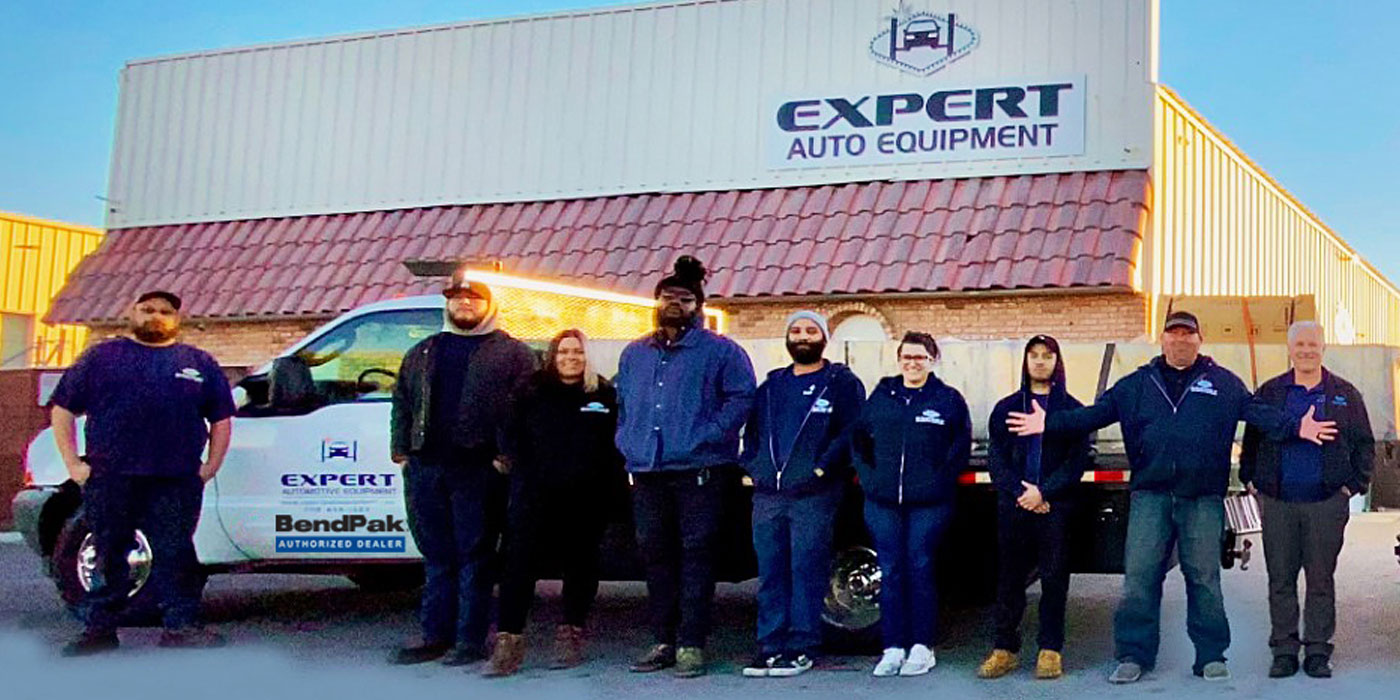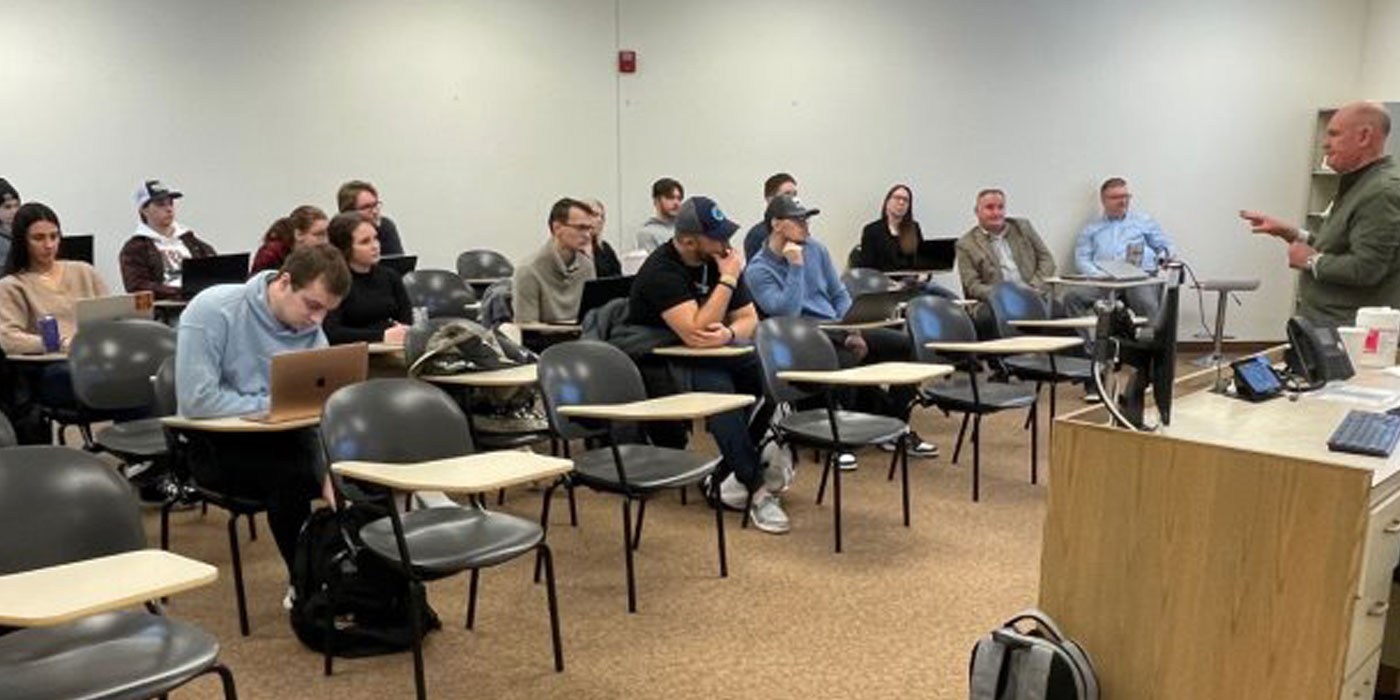The one thing I learned in college algebra was that I’m not a math genius. I was fairly good at math operations, but was never worth a dime at applying algebraic formulas to real-world problems. I nevertheless found that I could measure the efficiency of most business operations with a simple pocket calculator, some scrap paper, and a lead pencil. If a person can count on his fingers, he can do basic business math.
Case in point, it’s relatively easy to translate a touchy-feely service like hot-shot parts deliveries into a hard mathematical reality. Most of us understand that basic elements of parts distribution consist of getting the right products to the right person at the right time. But mathematically speaking, parts delivery is part of our operating overhead and it’s one that can quickly devour our profit margins if it’s not done in an efficient, effective manner.
I say that hot-shot parts delivery is a touchy-feely issue because our pocket calculator tells us that delivering a $10 part with a 30 percent profit margin is a money-losing operation because gasoline and labor alone will devour our $3 profit. But, if the account in question purchases $10,000 dollars or more parts and supplies per month, delivering that $10 part at break-even will quickly be made up on next day’s $1,000 delivery. So, while we’re doing the math to increase our operating efficiency, we also have to be aware that pinching pennies on parts deliveries can cost us some big-ticket sales and even some very good accounts.
HOW TO QUANTIFY COST
The cost of hot-shot deliveries obviously can’t be quantified on the basis of one or two deliveries. To the contrary, the cost of maintaining a hot-shot delivery service should exist as a separate line item in a jobber’s accounting system and should be averaged for each wholesale account over a specified time.
Labor aside, the fixed cost of parts delivery should include items like vehicle acquisition, depreciation, registration fees and insurance. Maintenance, repairs and fuel costs are variable expenses that depend largely upon miles driven. During one fiscal year, it should be possible to use our pocket calculator to divide fixed and variable costs by miles driven to indicate which type of vehicle is providing the most cost-effective delivery service.
Most jobber stores use compact two-wheel drive trucks and vans for delivery because they provide excellent fuel economy and low per-mile maintenance and repair expenses. Due to their low initial purchase price, depreciation, registration and insurance costs also are greatly reduced. Abused and poorly maintained vehicles obviously have shorter service lives and higher average repair costs.
CONTAINING VEHICLE MAINTENANCE COSTS
While maintenance is a major cost, a relatively inexpensive preventive maintenance program also reduces the likelihood of expensive repairs. Preventive maintenance costs can be reduced by simply following the “severe service” maintenance and inspection recommendations contained in the vehicle owner’s manual. Always use the “severe service” schedule simply because the typical short metro-area delivery hop dramatically increases engine, clutch, automatic transmission, brake and tire wear.
In any case, a well-maintained vehicle will generally deliver a lower operating cost-per-mile over a longer period of time than a neglected vehicle. Another aspect of maintaining a delivery vehicle is appearance. Driving a dirty, beaten-up vehicle with a store’s name and logo on the door amounts to negative advertising that hundreds of people see each time the vehicle travels on public highways. In my opinion, operating older, well-maintained vehicles tends to imply that, given good maintenance and good replacement parts, a vehicle’s operating life can be extended for a very long time.
THE TECHNICIAN’S NUMBERS
At the technician’s level, time is literally money. For a modern shop to be profitable, each technician should be producing gross labor and parts sales of at least $100 per hour. Again using our pocket calculator, roughly 25 percent of that $100 per hour is parts cost. When a 40 percent profit margin is built into the retail price, the part itself amounts to slightly more than 41 percent of a $100 repair ticket. As a wholesaler, remember that your technician’s 40 percent profit margin on parts covers the cost of handling, tooling, expendable supplies and warranty labor. After deducting those expenses, the remainder becomes part of the shop’s net profit stream. Labor income, which is the remaining 59 percent, covers employee compensation, insurance, benefits, insurance, utilities, mortgage/rent, and the costs of capital equipment acquisition and depreciation, with the remainder contributing to the shop’s net profit.
Please understand that this is a simplified breakdown and that many shops might do the math differently. Nevertheless, this math generally represents the production numbers a shop must meet each day to remain profitable. Maintaining a gross sale of at least $100 per hour for eight hours means that a technician’s time is worth $1.67 per minute, which is why hot-shot delivery services are so important to any jobber/technician transaction.
THE NEED FOR HOT-SHOT DELIVERY
A well-run shop normally orders parts when a repair is scheduled. This helps prevent a lift or service bay from being tied up for hours and perhaps days waiting on parts. Many shops schedule about 60 percent of their available daily work hours to accommodate unexpected minor repairs and emergency situations.
To illustrate, let’s say that the service adviser (SA) schedules 30 minutes for a brake inspection. Because brake friction replacements are a major profit center for any shop, the SA schedules an extra hour for a single-axle friction replacement. He also checks parts price and availability at your store.
During the brake inspection, the technician discovers that the front brake pads and rotors are worn to the limit and orders pads and rotors. While disassembling the front brakes, he also discovers a cracked inner constant velocity (CV) boot. At this point, it’s relatively easy and more cost-effective to replace the CV half-shaft with a reman unit. Unfortunately, you’ve already sent the pads and rotors out the door when you receive the order for two new reman axle half-shafts for the same vehicle.
At this point, the technician is still working within the allotted half-hour inspection time. In a few minutes, he will begin disassembling the brakes and axles. He will spend about 45 minutes having both the brakes and the axles removed and on the workbench.
A knowledgeable counterpro might know that the technician will replace the axles before he installs the brakes. Consequently, the counterpro dispatches the axle shafts within the above 45-minute time period so the technician can install the axles first. So, despite the add-on order, the counterpro produces a “seamless” delivery service. Of course, this is an idealized scenario, but it’s one that happens every day in the world of aftermarket parts distribution.
STRATEGIC COST CONTAINMENT
The simplest way to contain delivery costs is to ask the technician when he needs his parts. If, in the above example, he’s badly in need of a pair of reman CV half-shafts, the order should go out the door as soon as possible. If the order is for work scheduled the next day, that parts order can be combined with other orders and delivered at your convenience. Next, always ask your technician for a purchase order or repair order number. If your technician is at the top of his game, each part can be boxed or bagged for the vehicle in which it will be installed. This simple strategy will reduce missing parts and repeat deliveries.
Another simple strategy for reducing delivery costs is to follow an add-on sales strategy (July 2012, Counterman) to remind your technician of parts and supplies needed to complete the job or installation. If many of your trips are made to deliver commodity items like nuts, bolts, and other fasteners, or for lubricants and supplies, it’s perhaps time for your outside sales person to suggest an in-house inventory for these and other on-demand items. In short, running a cost-effective hot-shot delivery service is a matter of using pocket calculator math to manage expenses. It’s also a matter of delivering the right parts to the right person at the right time in a strategic, rather than a haphazard, manner.
Gary Goms is a former educator and shop owner who remains active in the aftermarket service industry. Gary is an ASE-certified Master Automobile Technician (CMAT) and has earned the L1 advanced engine performance certification. He is also a graduate of Colorado State University and belongs to the Automotive Service Association (ASA) and the Society of Automotive Engineers (SAE).










